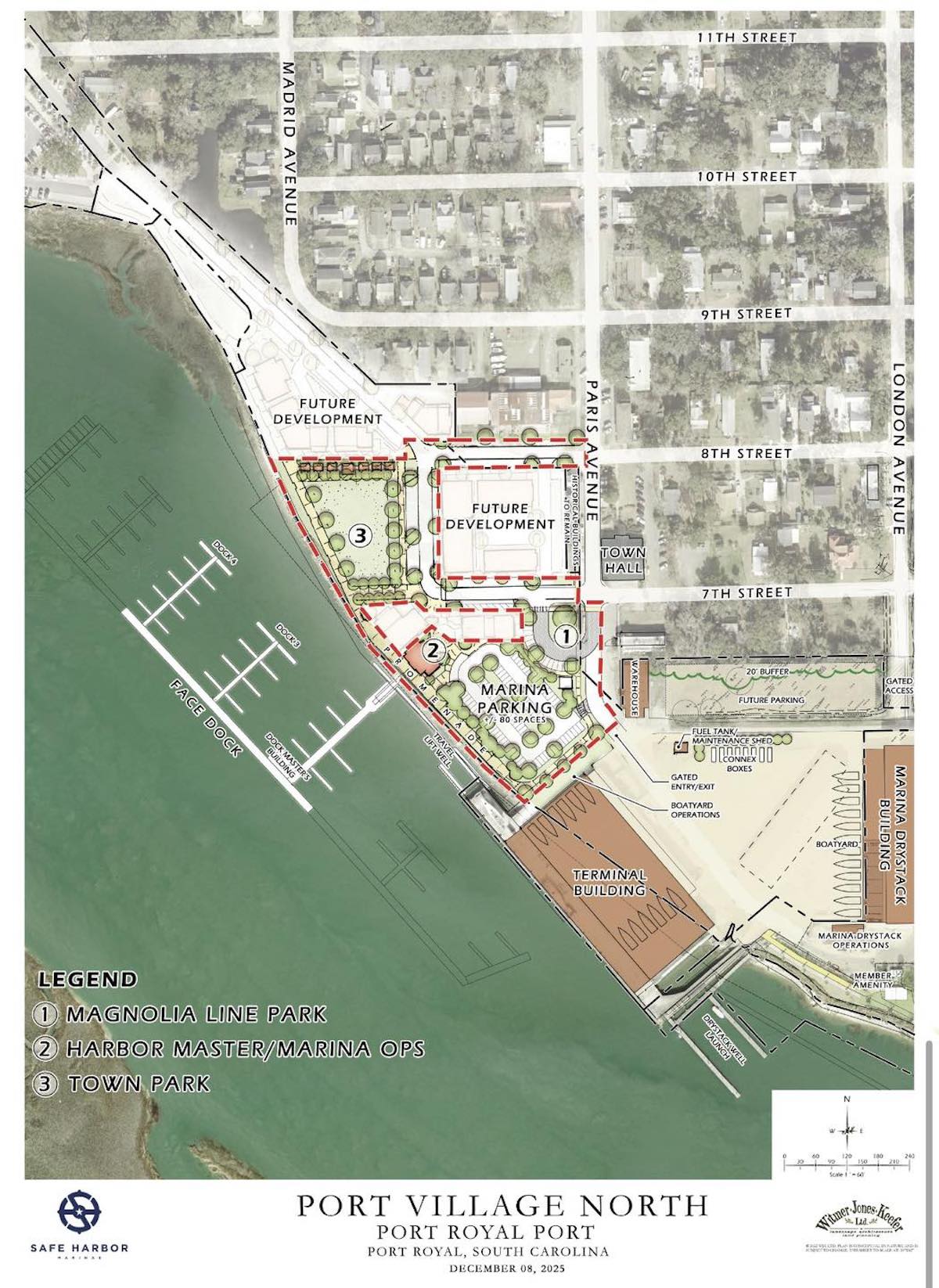By Martha O’Regan
If you went to your car and let some air out of one of your front tires and a little more out of one the back tires, how long will your car will maintain its alignment and function? Do you think it will be like your body and compensate for minutes, hours, days, weeks, months or years? Or will you begin to hear squeaks, rattles and thumps as soon as you begin driving down the road? Once you become aware of the imbalance, will you wait to fix the situation or will you begin re-balancing the air in your tires right away? Why is it we are more aware of the misalignments in our car than the imbalances in our physical body until they become a full blown “symptom?” As a culture, we are taught to ignore or cover up these subtle messages until they become louder and stronger to the point of pain or disease.
Tuning in to the subtle changes in our body allows us to “course correct” more quickly, possibly avoiding some of the aches and pains that are often attributed to “getting old.” When I hear someone mention their bum hip or shoulder as a result of getting old, I love to ask how old the other hip or shoulder is and why aren’t they a problem. True, the longer we have been around, the greater the chances for wear and tear but it’s our imbalances rather than age that play a bigger part in how we feel each day.
Some basic things to understand about our physical structure are that we are designed to stand to gravity like there is a string coming out the top of our head, equal in balance right to left, front to back, head to toe, allowing our skeletal system to be in proper alignment. Also, simply put, muscles move bones and every muscle crosses a joint. When a muscle gets tight from overuse, underuse, injury, or poor posture, it will pull two bones closer together. Over time, this tension wears away the various cushions in between the two bones, creating inflammation and ultimately becoming an “itis” of some sort — arthritis, bursitis, tendonitis, etc. Now we have a symptom that might have been avoided had we been aware of the imbalance in the first place. Stand in front of a mirror and notice if one shoulder is higher or more forward than the other. Is your head in front of your spine? Is one hip higher or more forward than the other? If the answer is yes, then your body is not in balance and if pain is not already present, it won’t be long.
Awareness is the key because if you aren’t aware that you may be using your body improperly, how can you ever change it? For example, if you have hip or knee pain, notice if you are a pivoter? As you are rushing through life and need to course correct, do you plant one foot and turn quickly to head the other direction? Over time, this action can really tweak a hip or knee. If you have neck pain or headaches, notice where your head is positioned on your spine. When the head is forward of the spine, the neck muscles have to work harder to prevent your head from resting on your chest. Eventually, this imbalance increases tension resulting in pain. So, whether you are currently experiencing pain or would like to avoid it, start to tune in to your personal quirks and patterns and begin to create greater balance. Live Well … Have Fun
Latest from Contributors
By Scott Graber It is Wednesday, Dec. 10, and I’m sitting in the Yvonne C. Butler
By Lolita Huckaby ’Tis the season, but how often do you hear a gathering of elected
Freeman takes gold; Mullins wins No. 100 By Justin Jarrett LowcoSports.com Beaufort High’s Colton Freeman topped
Beaufort girls have pieces for special season By Justin Jarrett LowcoSports.com When they’re at full strength
By Justin Jarrett LowcoSports.com All the hype in the preseason surrounded the USCB men’s basketball team,






